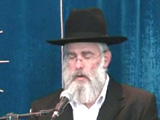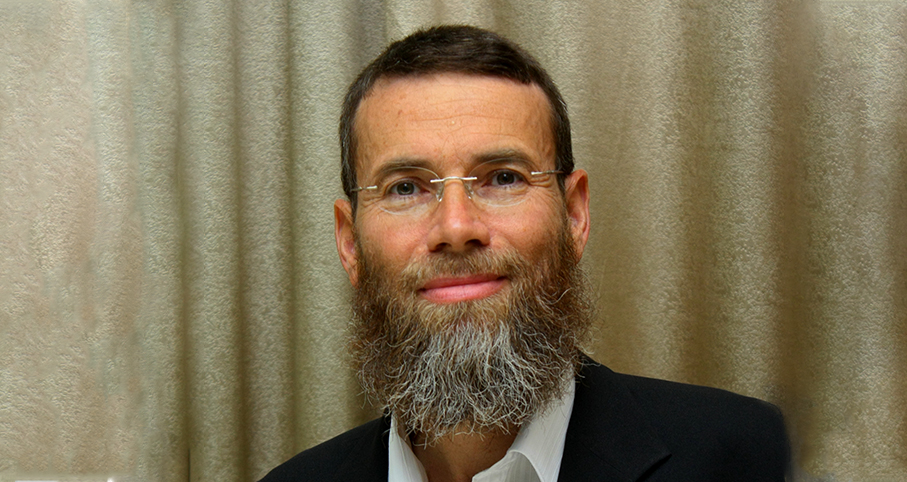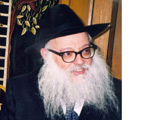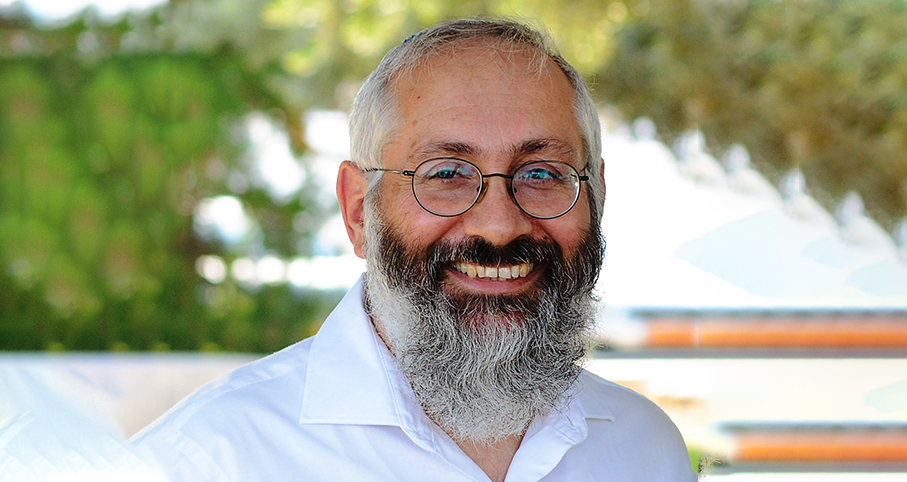Beit Midrash
- Torah Portion and Tanach
- Vayikra
- Emor
Lag B’Omer is also the yahrtzeit of Rav Shimon bar Yochai, one of the most mystical figures in Jewish history. Who was he, and why do we celebrate his life so brightly?
To answer, let’s recall a strange story about bar Yochai (known by his acronym "Rashbi"). Sought by the Romans for slander, Rashbi and his son run away and hide in a cave for 12 years. A carob tree and a spring of water
miraculously nourish them; they take off their clothes and sit in sand up to their necks, studying Torah all day long. Then Elijah the Prophet comes and informs them that the emperor has died; it is now safe for them to emerge.
Stepping out of their cave, they see men plowing their fields and they shout: "These people forsake eternal life (Torah study) and embrace mundane, temporary life!" Whatever they look at is burnt up in fire. G-d then orders Rashbi and his son back into the cave for another year. When they emerge once again, they see a man running late on Friday afternoon with 2 bundles of myrtle.
"What are those for?" they ask him. "To light on Shabbat," says the man, "one light is for Zachor (remember the Shabbat day) and one light is for Shamor! (observe the Shabbat day)." Rashbi is impressed: "See how precious Mitzvot are to Israel!" he says, and his spirit is finally eased.
We are told - as a way of indicating the righteousness of bar Yochai - that in Rashbi’s generation no rainbow was ever seen. Why not? Because the rainbow is a post-Flood sign of G-d’s eternal promise to always protect us. But when a generation has a Tzadik, a righteous person like Rashbi in it, he serves to protects the nation, and so no rainbow is needed.
But Rashbi had to learn that not everyone in the world can be a Tzadik who learns Torah in a cave all day long; most people need to work and lead normal lives. "Regular" people may make lots of mistakes, and are not perfect, but they have redeeming qualities, too. And when they do even the simplest Mitzva, such as lighting Shabbat candles, they are precious in G-d’s sight.
Rashbi is enlightened when he understands humanity is a glorious rainbow; we come in all colors of the spectrum; each human being has a spark of holiness. That Israel lights fires on Lag B’Omer - even without knowing why! -
is a symbol of our collective Holiness. Lag B’Omer may even be a tikun, a correction, for the actions of Rabbi Akiva’s students: They did not respect one other enough; but as we join together in a blaze of glory, we shine a
beacon of unity to Heaven that protects us and can dispel any danger.























